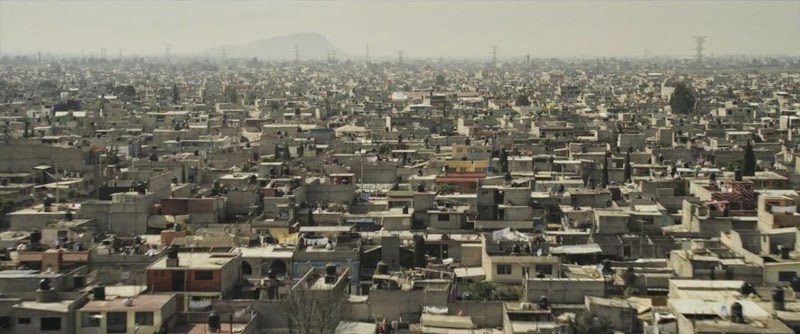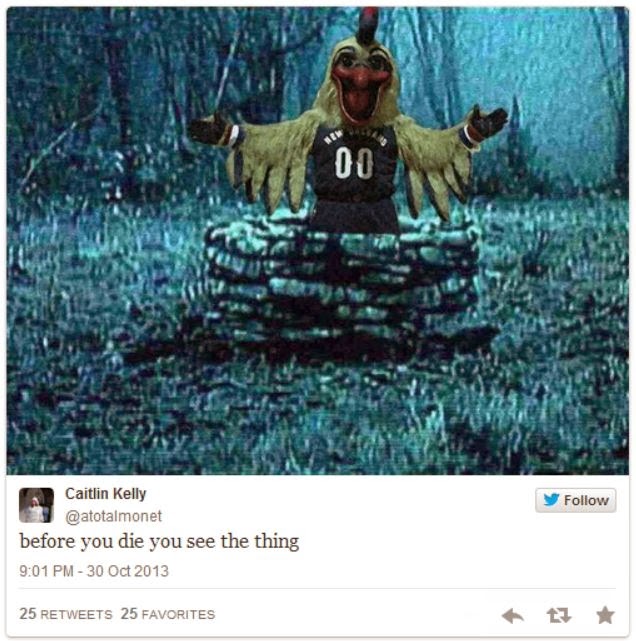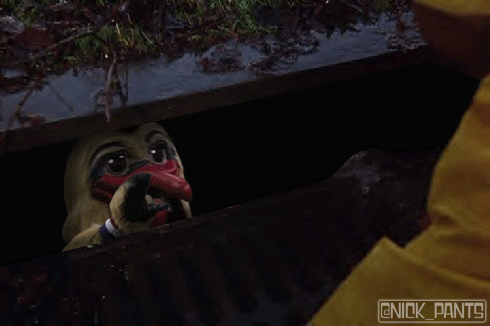The first and easiest conspiracy to mine out is always going to be the assassination of John F. Kennedy. Given the bizareness of existing theories, it is not to hard to incorporate the interference. What really happened on November 22, 1963 was that the fellow on the grassy knoll was actually Erik Lensherr (Magneto) bending Lee Harvey Oswald's missed gunshot into the motorcade. This gives birth to the "Bent Bullet Theory" which has been thoroughly documented in video and classic press-release style article on its own website. The shooting, of course, occurring only a year after Lensherr and the other mutants semi-dissolved the Missile Crisis. However, the Bent Bullet is only one of the 25 Moments that will be slowly unveiled leading up to the films premiere. In addition, there is this fantastic anti-mutant propaganda site from the fictional super-corporation Trask Industries.
The intent is blatantly to generate a buzz around Days of Future Past by fans and consumers virally sharing these psuedo-historical videos and news clippings in order to better understand the cultural relevance of the films happenings. I absolutely fall for this type of strategy because I like to think of myself as a little bit of a history buff and it helps me immerse myself further into an already engaging story. The Assassin's Creed video game mega-franchise has built its entire existence around this concept; in short, the Assassin and Templar orders have been fighting since pre-ancient Rome and literally are behind every war, invasion, religion, etc. Michael Bay's C4-fueled, undying Transformers series has also tapped into a similar vein of history intervention. The whole point of the moon landing was to beat the Russians to investigating an alien (Autobot) spaceship crash-landed on the floating rock.
The most fascinating and eye-catching part of these attempts is when the given production company seeds a modern actor or actress into a vintage image or video and gets the film grain and sepia toning just right. It is almost beautiful. Take the picture of Peter Dinklage, on the right, discussing mutant extermination with good ole' Dick Nixon. It just feels so much more real.
 |
| Tyrion Lannister & Tricky Dick |
Aside from the sheer visceral attractiveness of melding fictional storylines into relatively accurate portrayals of world history, that we get with the svelte Assassin's Creed or the nihilistic Transformers joyride, or even Bubba Gump (!), there is an educational undertone, whether intentional or not. While I am making this assumption from my own point of view, I am also assuming there are others in the same boat as me. I play the Assassin's games, not because I can kill whoever I want, but because I get to explore a meticulously-crafted, period-piece of a stunning location, be it Renaissance Rome or (coming soon) Revolution-era Paris. Whether you paid attention in high school history or not, it is not very hard to dig into a plot such as any of these and try to discern what is absolutely true and invented. It is fun to learn a lot of little interesting things that you did not know or forgot.
































